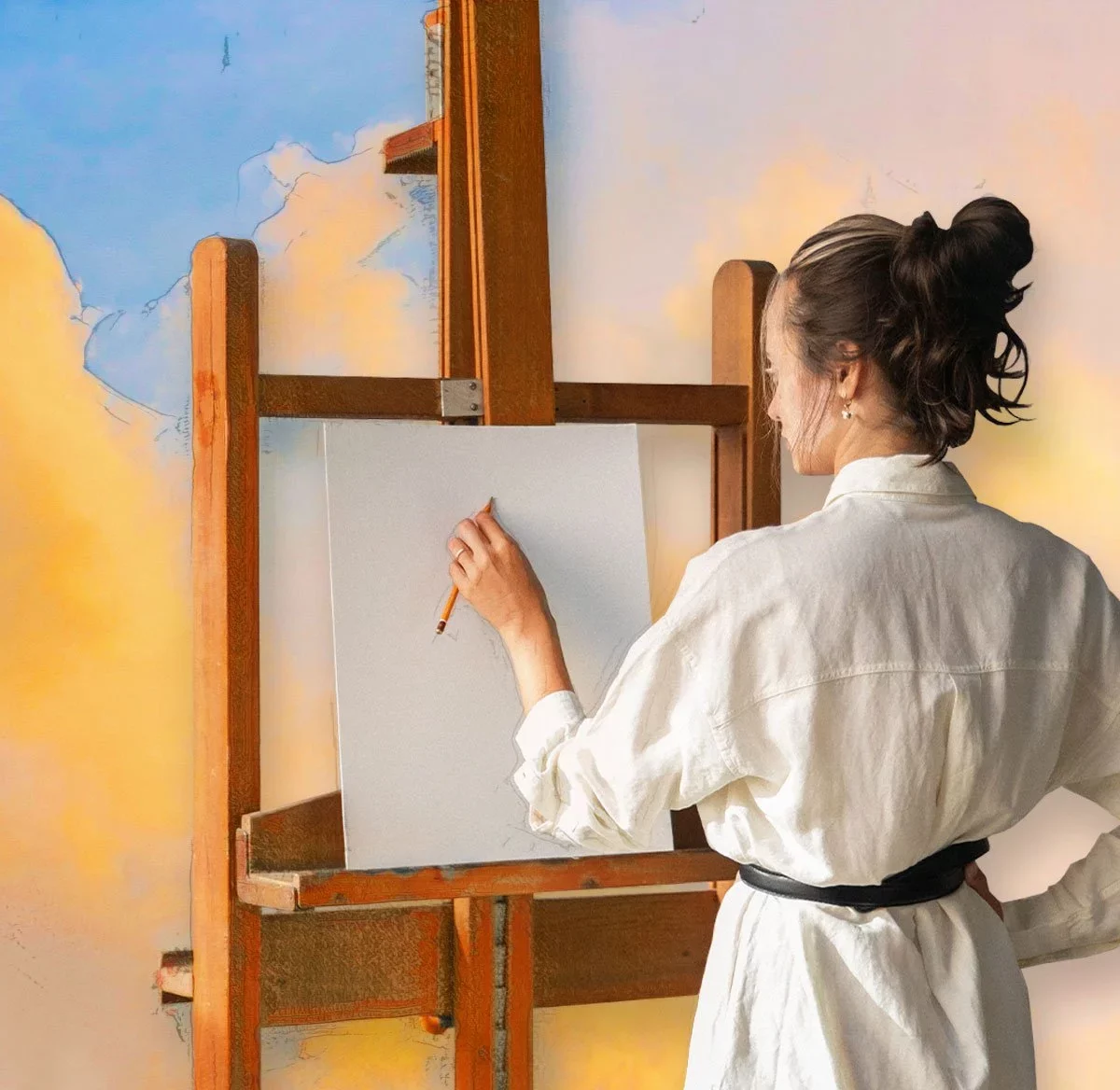Art therapy is founded on the belief that self-expression through artistic creation has therapeutic value for those who are healing or seeking a deeper understanding of themselves and their behaviors. According to the American Art Therapy Association, art therapists are trained to understand the roles that color, texture, and various art media can play in the therapeutic process and how these tools can help reveal one’s thoughts, feelings, and psychological disposition. Art therapy integrates psychotherapy and some form of visual arts as a specific, stand-alone form of therapy, but it is also used in combination with other types of therapy.
For example, researchers interviewed art therapy patients with personality disorders and identified five benefits:
- Perception and self-perception: Art helped the participants focus on the present moment, identify their emotional responses, and connect their emotions and body awareness.
- Personal integration: They strengthened their identity and self-image.
- Emotion and impulse regulation: They improved the ability to regulate and control emotions.
- Behavior change: They learned to change their behavioral responses to themselves and others, perhaps through the self-directed nature of art-making.
- Insight and comprehension: They verbalized their emotions and experiences.
What to Expect
As with any form of therapy, your first session will consist of talking to the therapist about why you want to find help and learning what the therapist has to offer. Together, you will come up with a treatment plan that involves creating some form of artwork.
Once you begin creating, the therapist may, at times, simply observe your process as you work, without interference or judgment. When you have finished a piece of artwork—and sometimes while you are still working on it—the therapist will ask you questions along the lines of how you feel about the artistic process, what was easy or difficult about creating your artwork, and what thoughts or memories you may have had while you were working. Generally, the therapist will ask about your experience and feelings before providing any observations.
Art therapists use a variety of interventions; with creativity and innovation, they can tailor their techniques to each individual client. Art therapists leverage different mediums and modalities. For instance, an art therapist may guide patients to build clay structures of their family members, engage in free association about works of art, or tell a story through a photo collage.
What to Look for in an Art Therapist
An art therapist has the minimum of a master’s degree, generally from an integrated program in psychotherapy and visual arts at an educational institution accredited by the Council for Higher Education Accreditation (CHEA). The initials ATR after a therapist’s name means he or she is registered with the Art Therapy Credentials Board (ATCB). The initials ATR-BC means the therapist is not only registered but has passed an examination to become board-certified by the ATCB.
It’s also important to find a therapist with whom you feel comfortable. You may want to ask the therapist a few questions before committing to work with them. Questions may include:
- How would they help with your particular concerns?
- Have they dealt with this type of problem before?
- What is their process?
- What is their timeline for treatment?

